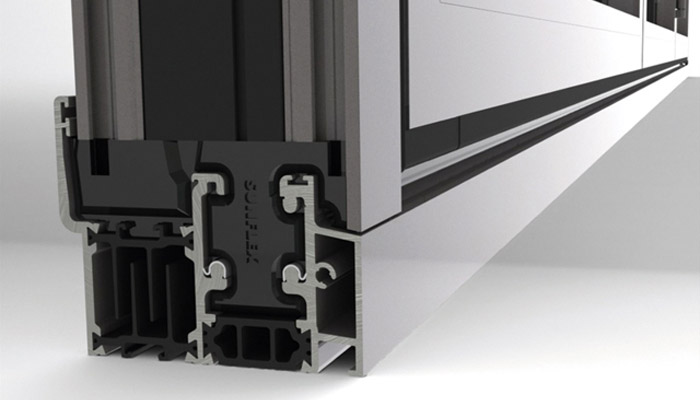
There has never been more choice for customers when it comes to selecting bifold and sliding door systems. With choice comes decisions, and as market leaders, we will use this blog to answer some of the more frequently asked questions we get asked.
When it comes to choosing materials for your bifold or sliding doors there are three options:
uPVC/plastic
This is generally the entry-level price wise so could save you money. As this material is one of the least stable, bigger profiles are used so sight lines would be large. uPVC expands in the heat and contracts in the cold so may require greater maintenance than other materials. This material can be suitable for in windows given the relative size of the glass and minimal amount of movement experienced, but consideration must be given to the movement involved with a bifold or sliding door. If you are south facing and experience relatively high temperatures this may also not be the most suitable material for you.
Thermally broken aluminium

Timber
A natural product in your home, and for some in keeping with the property interior and exterior – or in keeping with the planning authorities conditions and stipulations. Bear in mind you will have to maintain these doors, sand down and reapply stain to the outside. The frequency of this will be about every 2-years depend upon what stain you have chosen (generally the darker it is the longer it will last) and also how exposed these bifold or sliding doors will be to the elements. To ensure the timber is stable the sight line is usually slightly larger than aluminium although advances in technology are reducing this with new systems. It is important to obtain the wind and water weather test values if you proceed with a timber door because the variances between systems are greater than with aluminium systems available.